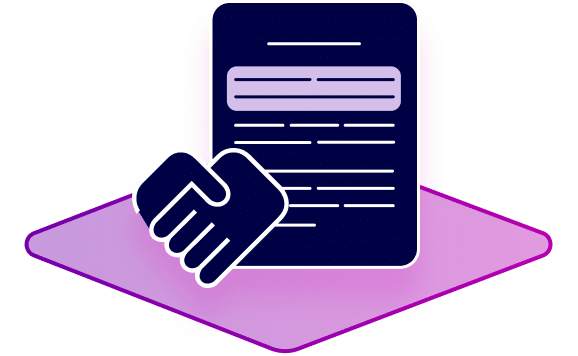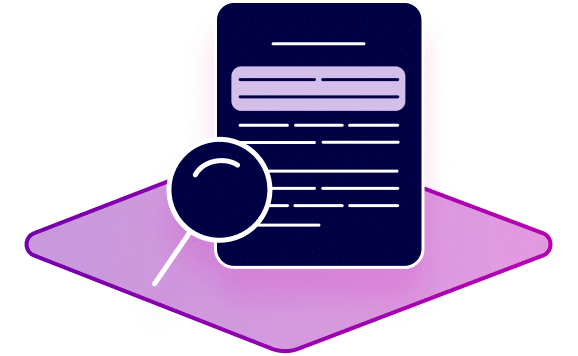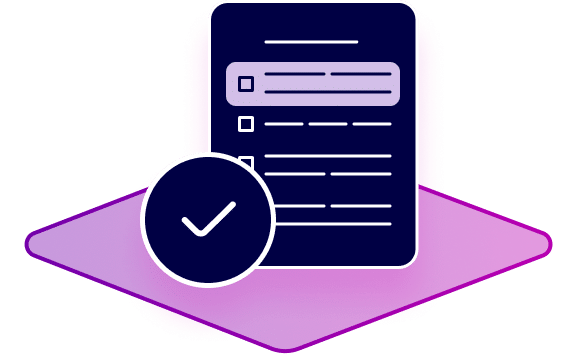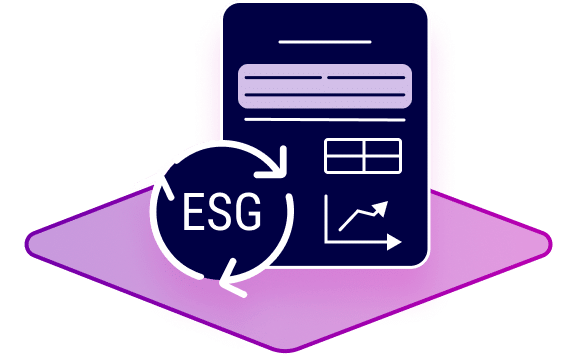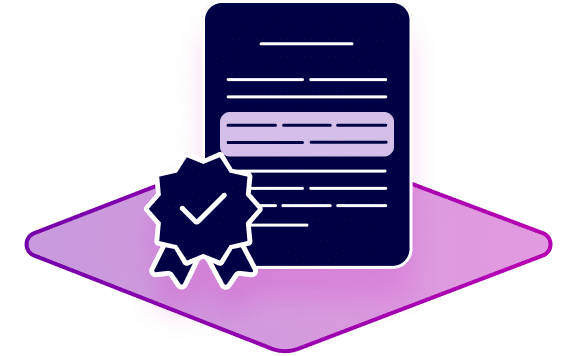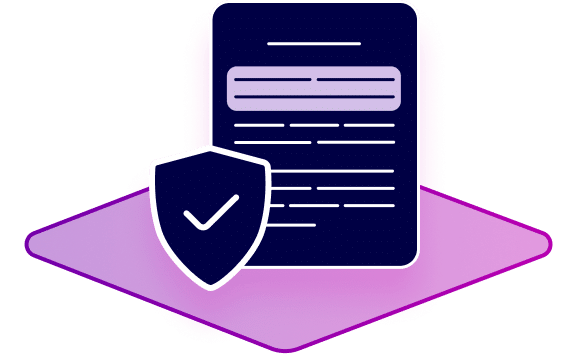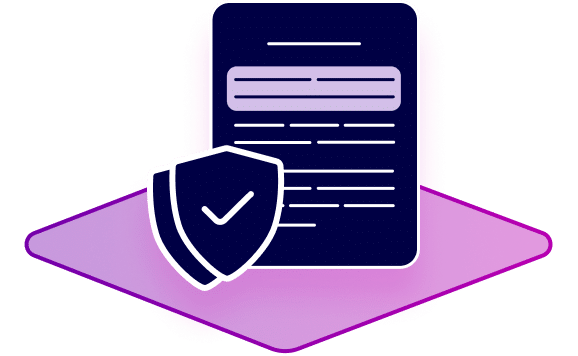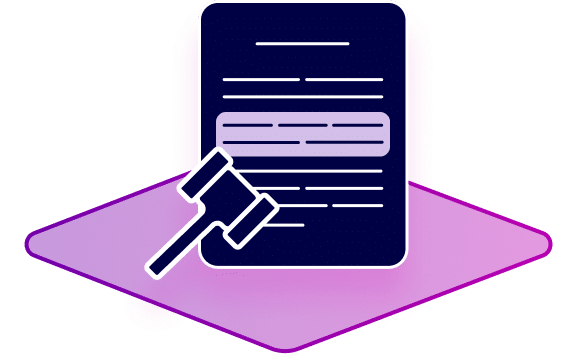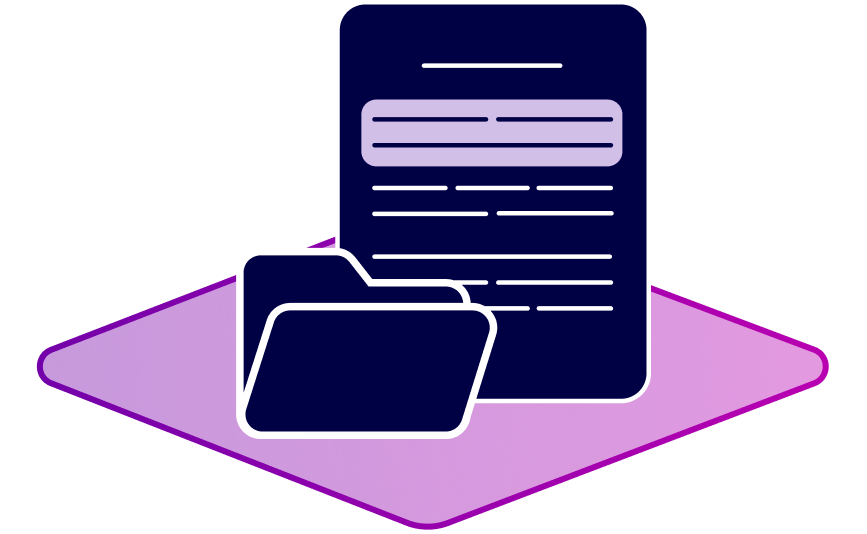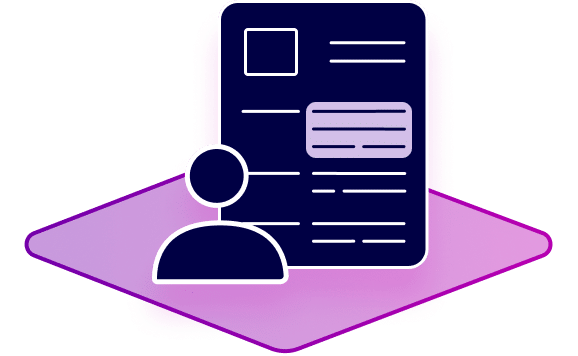
Digitalization and Artificial Intelligence – two sides of the same coin? (2/2)
This is the second part of our article on the subject of digitalization. You can find the first part about the difference between simple digitization and revolutionary digitalization in the blog article from June 23, 2021. Here’s what to know in a nutshell:
- Digitalization is more than just scanning paper. And much more than transporting an analog process into the digital world (that’s digitization).
- Digitalization is an evolution – it paves the way for the revolution.
The devil is in the details – and that’s exactly what we’re going to take a look at in today’s blog post.

The third side of the digitalization medal: The difficulties in process improvement
Not every company can (or wants to) reinvent itself – after all, the existing business can also be very profitable – and that’s exactly when you want to look at this existing business. But how to approach existing business? “A computer can’t do that, that’s why I studied for tens of years… This will never work…” are sometimes not just concerns, but also hopes of the experts involved. After all, you need a lot of information (sometimes training data) from the very people who, in a worst case scenario, fear to not be needed anymore and thus more or less openly refuse to cooperate. So, how do you go about it?
Many complex processes in companies today are carried out with IT – and once you get that far, you naturally want to improve these processes, accelerate them or even automate them completely. If you don’t want to (or can’t) rely on individual development, you need more or different software that has to be rolled out first. In the last couple of years, automation tools have become the standard to automate existing IT-supported processes (at least as long as everything involved in the process is digitized – if not, that has to be fixed first). This software is figuratively referred to as robots or robotic process automation (RPA), as it operates the existing software as a human would: simply using the existing (graphical) user interface, which is automatically operated by the robot. Due to this low barrier, RPA is very successful – and many different processes can be automated or (at least) accelerated dramatically with it. But since the robots work strictly rule-based, they reach their limit when a decision has to be made (that is: when thinking is required) – or when information is not available in a structured manner, but as a document (written for a human).
Enter the stage to support you in making knowledge-based decisions: semantha®. She’s an Artificial Intelligence that can read and understand large amounts of text – and thereby support many process steps that were previously the exclusive domain of human experts. “Exclusive domain of human experts” sounds pretty good – we are talking about tasks that “only humans can perform”. But what about the tasks that I don’t even want to perform as a human? Like, for example, the proverbial search for a needle in a haystack? What if, for example, I am supposed to check contracts under time pressure on a daily basis, work for an insurance company and have to check policy requests, or if I have to process large amounts of customer requirements as an engineer? For the automation of either of these tasks, there’s not only “management support” but also, or even especially, from the subject matter experts in the departments – we can make their working life so much easier.
Process Improvement with Artificial Intelligence
Artificial Intelligence does not solve all problems by far – that would really be presumptuous – but it can make many tasks considerably easier. Take the following example: Imagine that you receive tons of paper documents with several pages of text every day. The documents are to be categorized in terms of content and then answered. Not generically answered, of course, but depending on the individual content of the text – on a paragraph level. Ideally, documents with the same content will be answered consistently (that is: with the same message) regardless of the sender and the subject matter expert. A considerable effort for your team. Up until now, such processing seemed possible only by humans. It is not very efficient, though, in terms of time and money considering that a human needs approx. 2 minutes to read a letter format page at normal reading speed: with 150 pages, for example, that’s 5 hours – only reading time, of course. The answers are not yet found nor written down during that time.
So, digitizing such a process can save massive amounts of time: The specialist’s expertise is only required to conclude (i.e. verifying the results). By digitizing this paper-driven process using AI with language understanding that reads the documents instead of a human specialist, it can be accelerated significantly. The first step is to convert the new incoming documents into a digital and thus machine-readable format (by scanning including text recognition / OCR). Then, the AI can sort the content into categories based on its meaning. Initially, the categories must then be assigned to the departments or experts. After this preliminary work, the benefits of automation become clear: If a new incoming document contains certain paragraphs that have been identified previously, the specialists need to take a closer look at these parts of the document. Previously answered documents can be stored and referred to, which makes it easy to automatically fill in templates for inbound documents. An expert then only needs to proof-read the result and, if necessary, fine-tune it.
You can certainly imagine the enormous time savings yourself here. Of course, it differs from case to case, but the reading process is shortened many times over and often only takes a few seconds per document.
Questions and more questions

We have already discussed some important questions before embarking on a digitalization journey – but there is another one that influences the perspective on possible projects: Can we make even more use of our core competencies through the use of innovative solutions (internal improvement and external added value for our customers)?
Are you also faced with the digitalization of a theoretically “non-digitizable” task – or are you wondering how you can make better use of your colleagues’ and employees’ knowledge if they are supported by semantha®? Just talk to our team in the chat or make an appointment for a detailed discussion!


